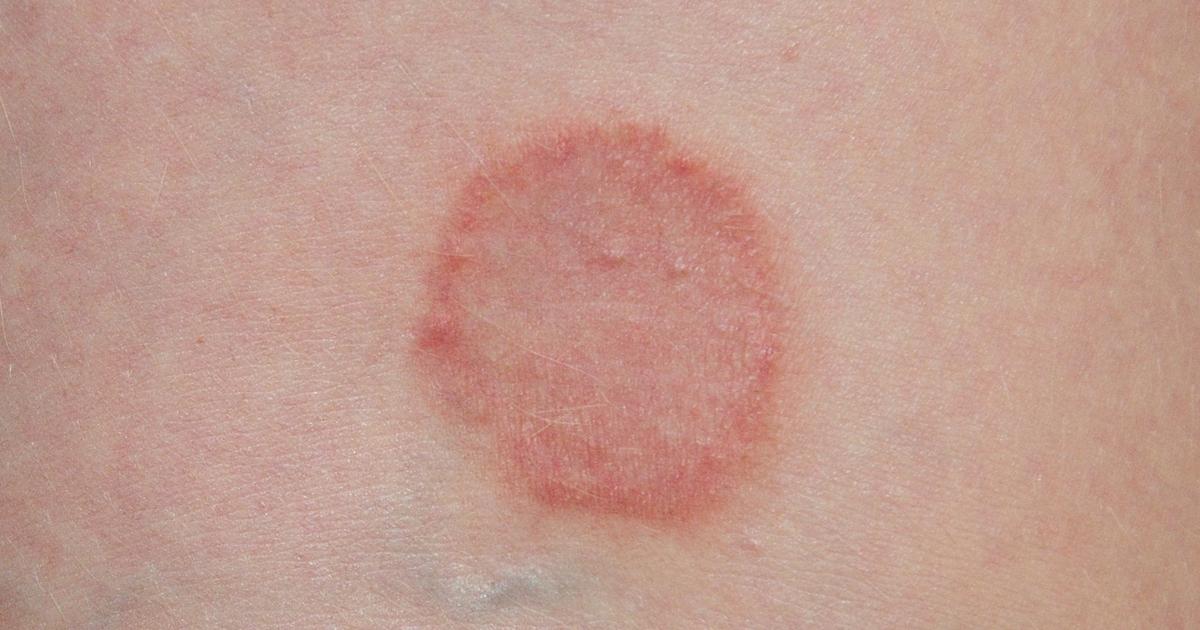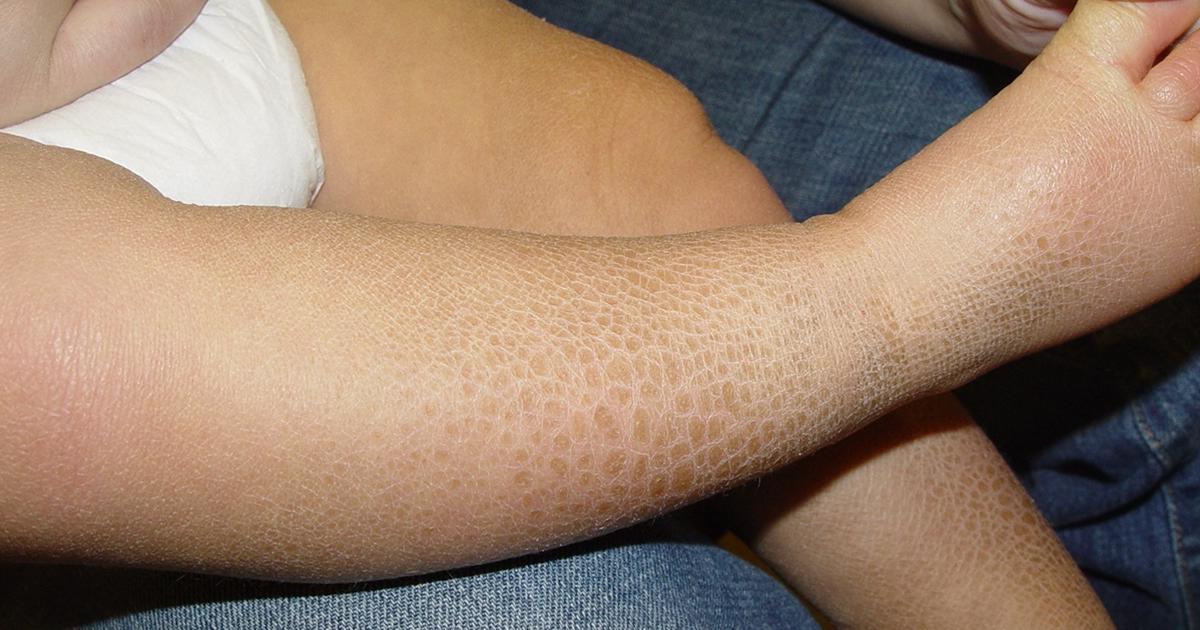Guide To The Conditions That Trachyonychia Can Indicate
Lichen Planus

Some individuals affected by lichen planus often also have trachyonychia. Lichen planus is a condition of autoimmune nature that causes irritation and swelling in a patient's mucous membranes, hair, skin, and nails. Bumps appear on the skin of affected individuals. They are typically purple and flat. These lesions often cause itchiness and may develop into blisters that burst and form crusts. This characteristic skin rash is not infectious, but predisposing genetic factors can cause it.
In general, changes in the nails, including trachyonychia, are seen in around ten percent of lichen planus patients. Nail problems in such individuals are the result of permanent damage or destruction to the nail matrix. This mechanism, along with non-specific nail matrix inflammation, disrupts the nails' proper amalgamation. Between four and eighteen point five percent of all individuals affected by trachyonychia also have this inflammatory autoimmune skin disorder.
Ichthyosis Vulgaris

Trachyonychia can manifest in individuals affected by any of the numerous genetic skin disorders in the ichthyosis vulgaris family. Conditions within this family cause the skin's protective barrier function to become impaired, abnormally rapid new skin cell production, and prolonged shedding of old skin cells. These malfunctions result in an accumulation of scaly, thick skin in affected individuals. The most common parts of a patient's body affected by these ichthyosis scales are the scalp, face, buttocks, legs, trunk, and stomach. The color of the scales can be dark brown, white, or gray.
The upregulated production of skin cells can cause the nail fold to experience inflammation frequently. The skin cells that reside underneath the nail above the nail bed may experience excessive multiplication and accumulate underneath the nail as well. Furthermore, the nails of patients affected by any form of ichthyosis tend to grow at a rate two to three times faster than those of a healthy individual. It is a combination of the effects of one or more of these factors that contribute to the association between trachyonychia and ichthyosis vulgaris.
